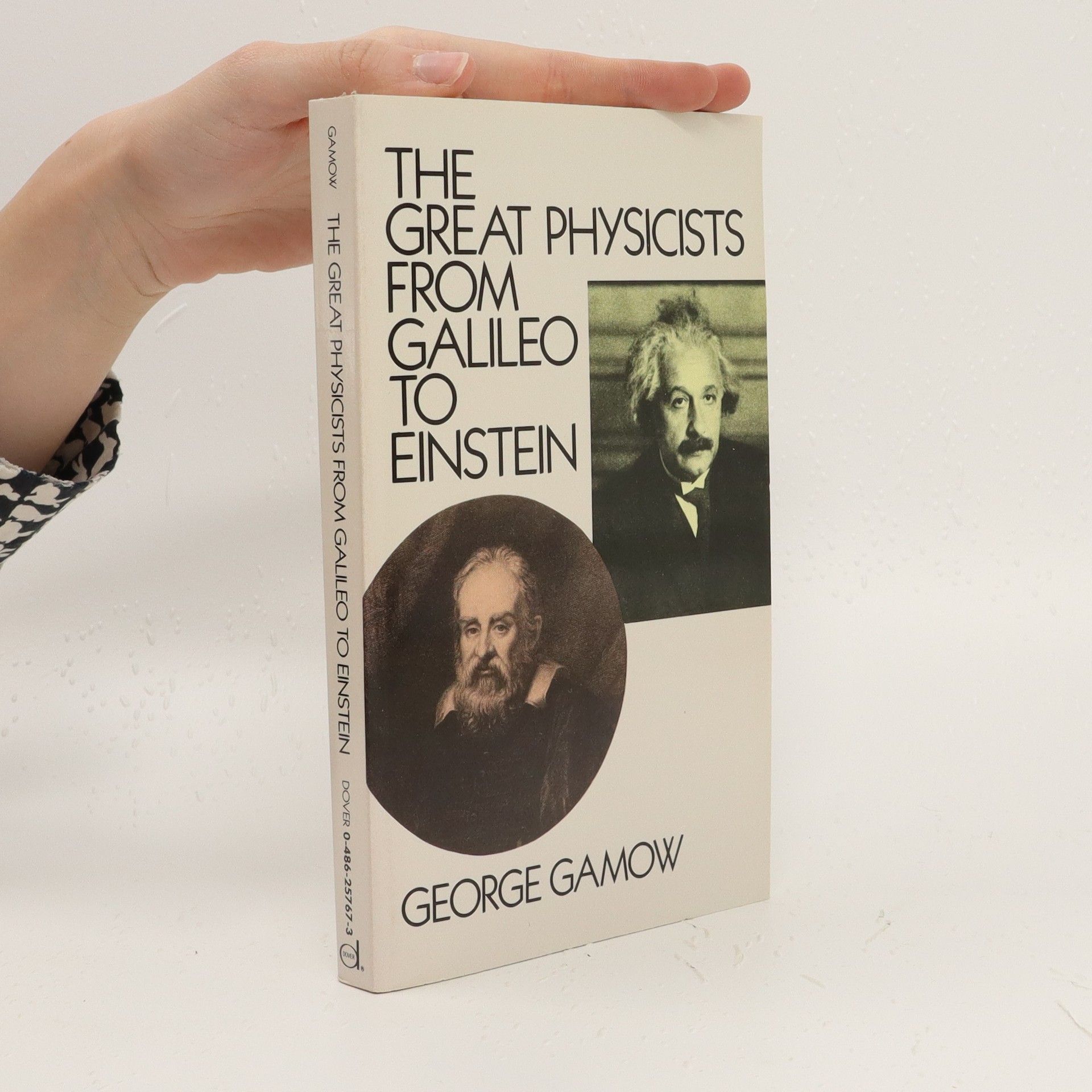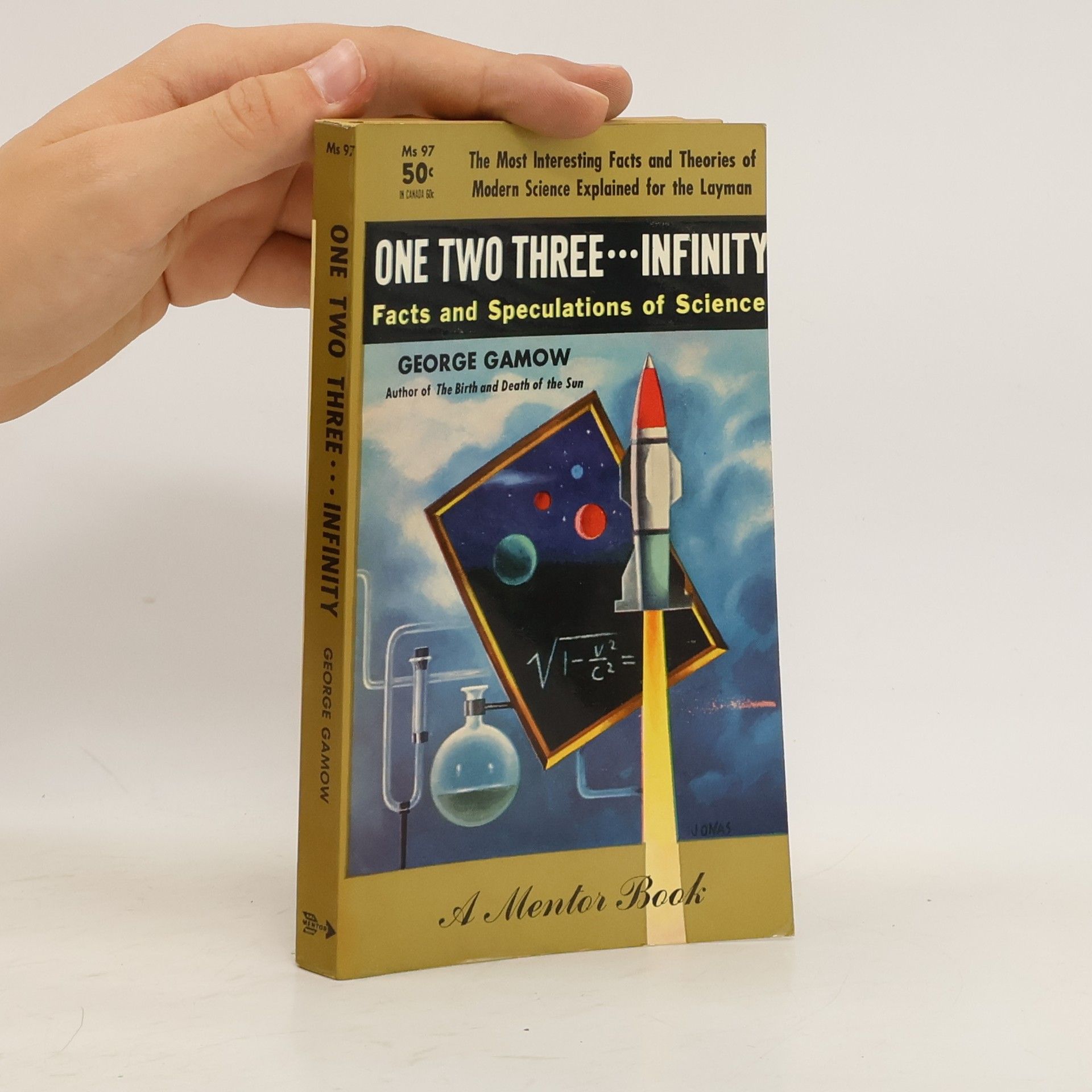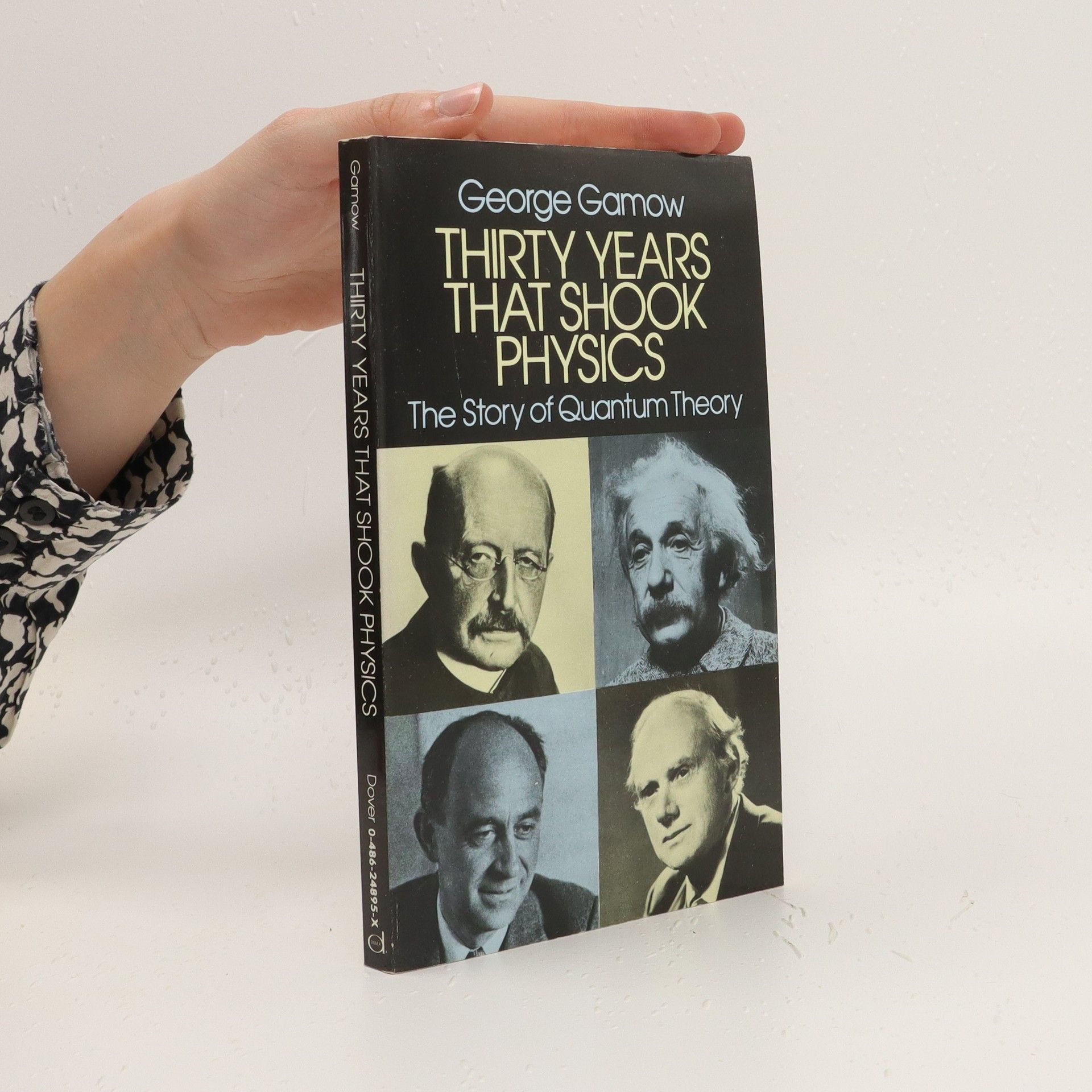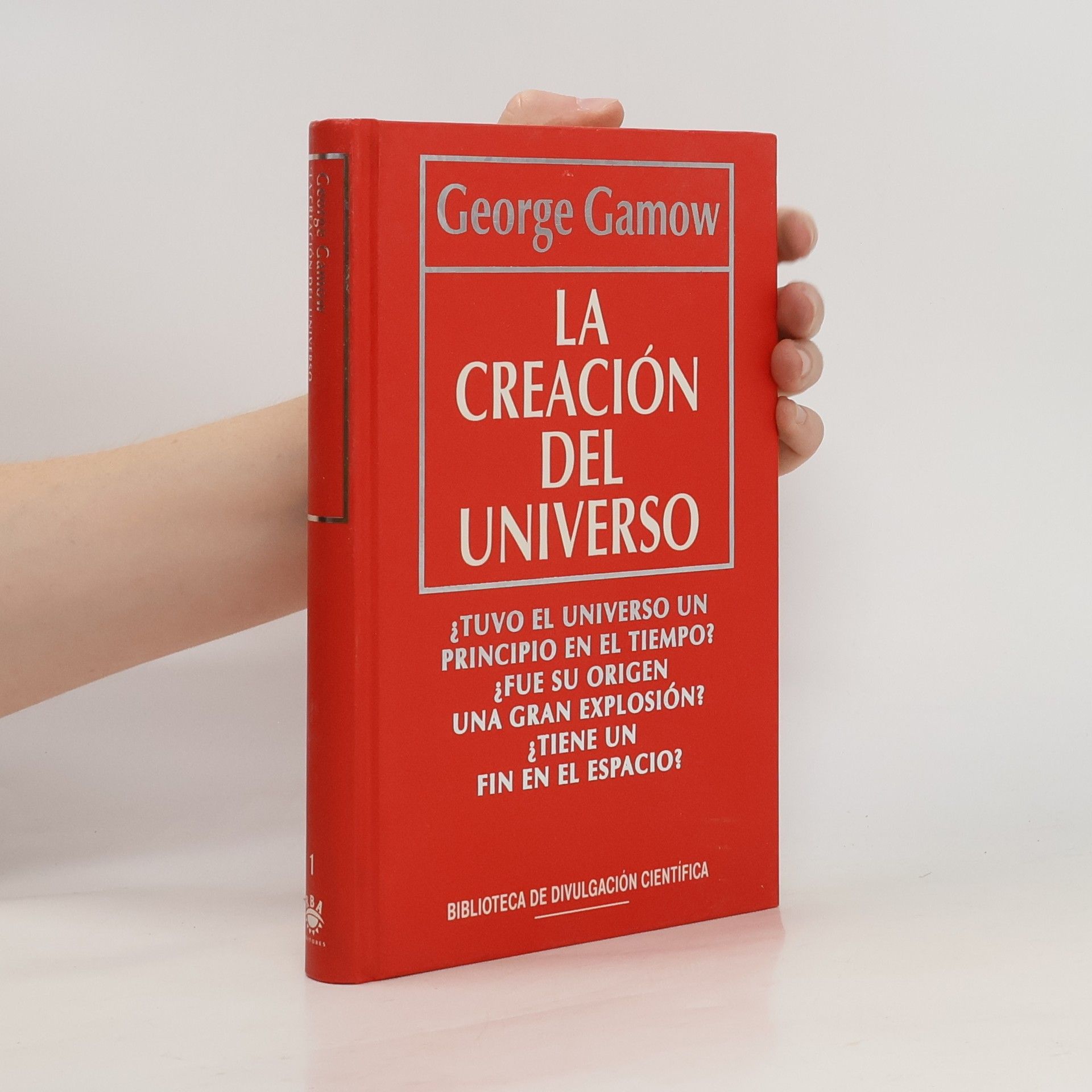Mr Tompkins has become known and loved by many thousands of readers (since his first appearance over fifty years ago) as the bank clerk whose fantastic dreams and adventures lead him into a world inside the atom. George Gamow's classic provides a delightful explanation of the central concepts in modern physics, from atomic structure to relativity, and quantum theory to fusion and fission. Roger Penrose's new foreword introduces Mr Tompkins to a new generation of readers, and reviews his adventures in the light of current developments in physics today.
George Gamow Livres
George Gamow était un physicien théoricien et cosmologiste réputé pour ses travaux fondamentaux sur la désintégration radioactive et la formation stellaire. Sa découverte de la désintégration alpha par effet tunnel quantique a profondément modifié notre compréhension de la physique subatomique. Gamow s'est également penché sur les origines de l'univers, étudiant la formation des étoiles, la nucléosynthèse stellaire et de l'univers primitif, ainsi que le fond diffus cosmologique. Ses théories ont façonné la cosmologie et l'astrophysique modernes.







How did our sun come into being? What keeps it hot and luminous, and what will be its ultimate fate? This fascinating and informative book offers answers to some of nature's most exciting and difficult questions. George Gamow, renowned physicist and author of the best-seller One Two Three . . . Infinity, outlines the fundamental discoveries and theories of modern physics that illuminate the evolution of our world.One of the founders of Big Bang theory, Gamow traces the anatomy of matter in terms of modern physics. In language that's both scientifically accurate and simple enough for nonspecialists, he explains the development of atomic theory from its earliest articulation by Democritus in 375 B.C. through studies of nuclear reactions and radioactive decay. Along the way, Gamow discusses the formation of the stars and planets, the nature of red and white dwarfs, the dimensions of our stellar system, the infinity of space, and other fascinating subjects.
Lucid, accessible introduction to the influential theory of energy and matter features careful explanations of Dirac's anti-particles, Bohr's model of the atom, and much more. Numerous drawings. 1966 edition.
The New World of Mr Tompkins
- 270pages
- 10 heures de lecture
An inspirational introduction to the physics of the twenty-first century. schovat popis
Nuclear physicist George Gamow takes the reader on an expedition through the problems, pleasures and puzzles of modern science. Among the topics scrutinized are the macrocosm and the microcosm, theory of numbers, relativity of space and time, entropy, genes, atomic structure, nuclear fission, and the origin of the solar system. In the pages of this book readers grapple with such crucial matters as whether it is possible to bend space, why a rocket shrinks, the "end of the world problem," excursions in the fourth dimension and a host of other topics
Outstanding text by one of the 20th century's foremost physicists dramatically explains how the central laws of physical science evolved, from Pythagoras' discovery of frequency ratios in the 6th century BC to today's research on elementary particles. Includes fascinating biographical data about Galileo, Newton, Huygens, Einstein and others. 136 illustrations.
Moje světočára
- 156pages
- 6 heures de lecture
Neformální autobiografie slavného fyzika ruského původu.
Die Lekture der insgesamt funfzehn Kapitel uber die erlebten Traume des Mr. Tompkins in seinem Versuch, moderne Wissenschaft zu verstehen, ist ein Hochgenuss, hauptsachlich wegen der uberraschenden Geistesblitze, die dem Autor - einem in die Physikgeschichte eingegangenen Wissenschaftler - eingefallen sind.
Zábavná populárně naučná knížka s prvky sci-fi, kde je laikovi zábavnou formou představena teorie relativity i kvantová fyzika. Útlá, vtipná a zábavná populárně vědná knížka autora je vzácným příkladem zasvěcené popularizace z pera předního odborníka, představitele silné generace amerických fyziků 50. let. Na příběhu jakési snové broučkiády, kterou prožívá pan Tompkins, jeho žena Maud a jeden profesor fyziky v podivné zemi, kde se například mění čas a prostor, vykládá autor laikovi srozumitelným způsobem některé obtížné partie moderní fyziky, teorii relativity a kvantovou fyziku.
George Gamow, uno de los físicos más brillantes de cuantos en el siglo XX se han interesado por la cosmogonía, expone en “La creación del universo” la que se considera teoría clásica para explicar un universo en expansión a partir de un origen en el tiempo. Con las aportaciones de esta teoría se ha encontrado una explicación para los más sorprendentes descubrimientos de la astronomía, y físicos vanguardistas como Stephen Hawking han partido de ella para desarrollar sus propias hipótesis. En esta obra se exponen con detalle y claridad todos los argumentos que, basados en investigaciones de la astrofísica, sustentan la teoría del Big Bang.

![M[iste]r Tompkins seltsame Reisen durch Kosmos und Mikrokosmos](https://rezised-images.knhbt.cz/1920x1920/54148414.jpg)

